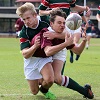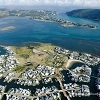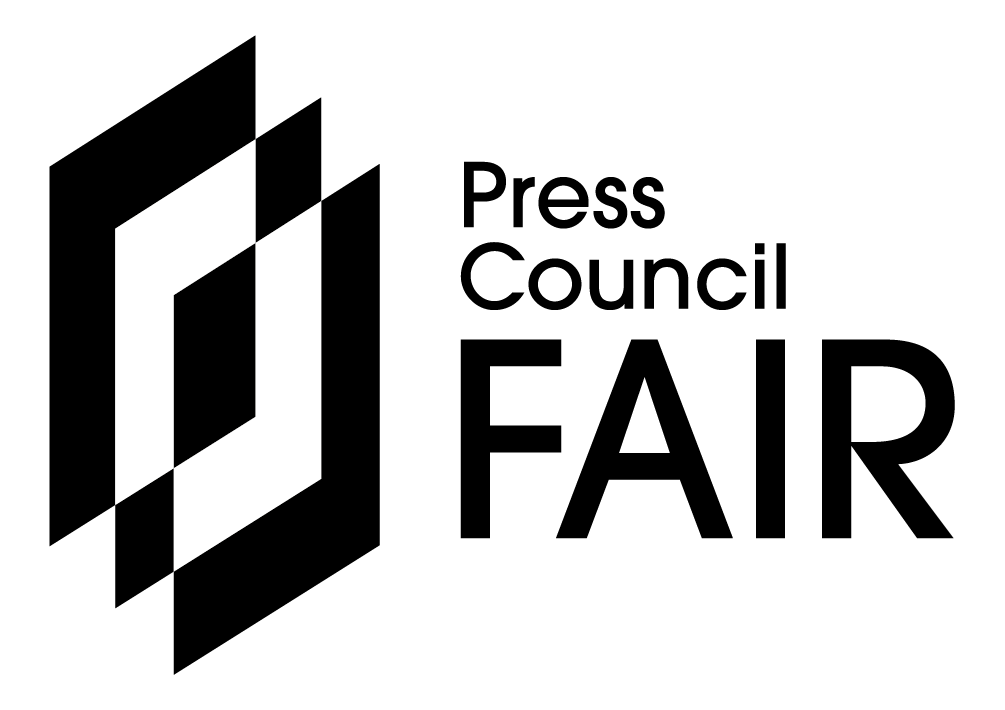KNYSNA NEWS - Eighteen months – and two spring seasons – after the 2017 fire, and Featherbed is looking glorious!
Our indigenous fynbos and coastal forests are flourishing like they haven't done for ages, and the birds, the insects, and the small animals are back at work with a will.
In truth, we didn't need to do much to ensure this success – nature has wonderful mechanisms for restoring itself after fire – but we did carry out one vital intervention: we removed (and are still doing so) as many of the invasive alien seedlings as we could.
Plants from other areas – trees, shrubs, grasses – will become invasive in a new environment if they don't meet enemies there (bugs, funguses and so on) that slow their rate of reproduction. This leaves the indigenous vegetation unable to compete for space, air and water – which is exactly what happened at Featherbed, beginning in the 1960s: an Australian wattle (Acacia cyclops, which South Africans call rooikrans) established itself here, and although we've always had a programme of cutting them down by hand, it seemed at times that we were fighting a losing battle.
Clean slate after the fires
But the fires reduced about 95% of the rooikrans on the reserve to ashes, which gave us an invaluable opportunity to restart with a clean slate.
So, we hired a team of 15 people, and they began to remove the seedlings that emerged four and six months after the fire (this is normal – the seeds can lay dormant in the soil for decades). They marked the land into plots of 900sq m and pulled by hand – at times as many as 200 000 – plants in a single plot and left the carcasses where they fell in order to return the carbon to the soil.
Even as they were doing this, the fynbos (Cape macchia) began to reappear: the succulent groundcovers, the astonishingly green emerald grass (actually a sedge!), bulbs like the watsonias and the paintbrush lilies, and shrubs like the dune olives and the wild sage.
The soft, early rains that fell after the fires helped too, and the forest species – particularly the milkwoods and the candlewoods – began to resprout (many of them had been singed but not killed), and keurboom seedlings (short-lived, indigenous pioneers that we hadn't seen at Featherbed in generations) began to germinate.
We kept records, of course: our horticulturist catalogued the plants as they appeared, and he's now found at least 300 species (and counting!) on our 75ha at the mouth of the Knysna Lagoon.
But the numbers don't begin to tell the story of this astonishing explosion of life: you really should take a tour to see it for yourself.
Read a related article: Featherbed Eco-Tours rocks on
'We bring you the latest Knysna, Garden Route news'
















